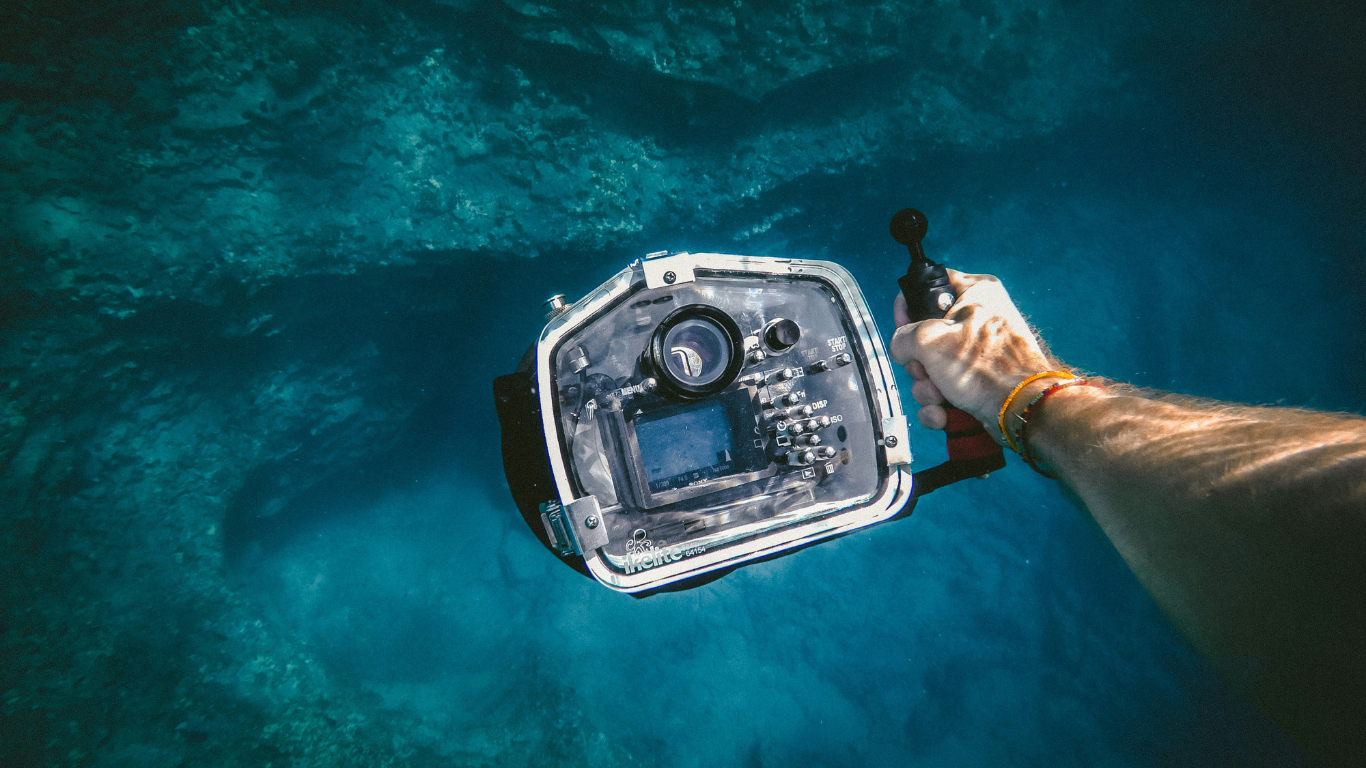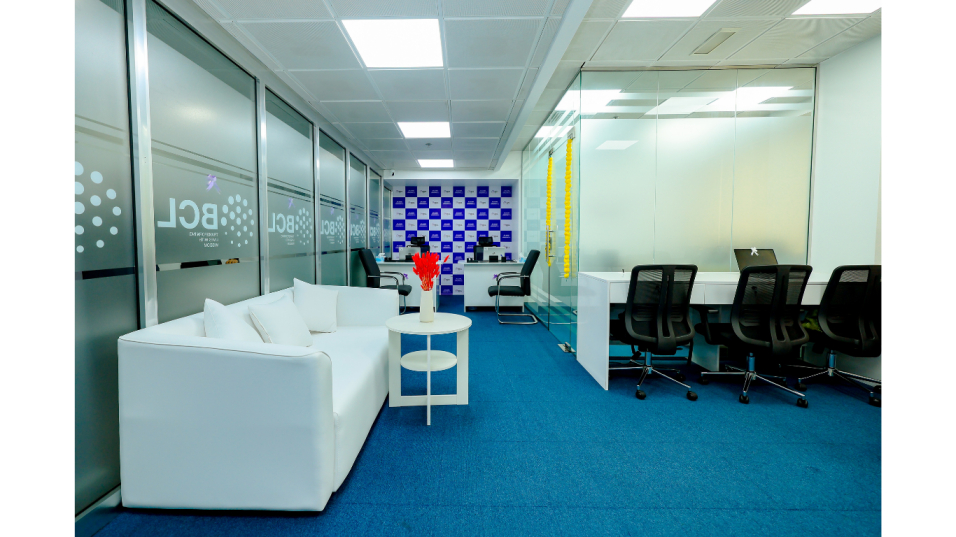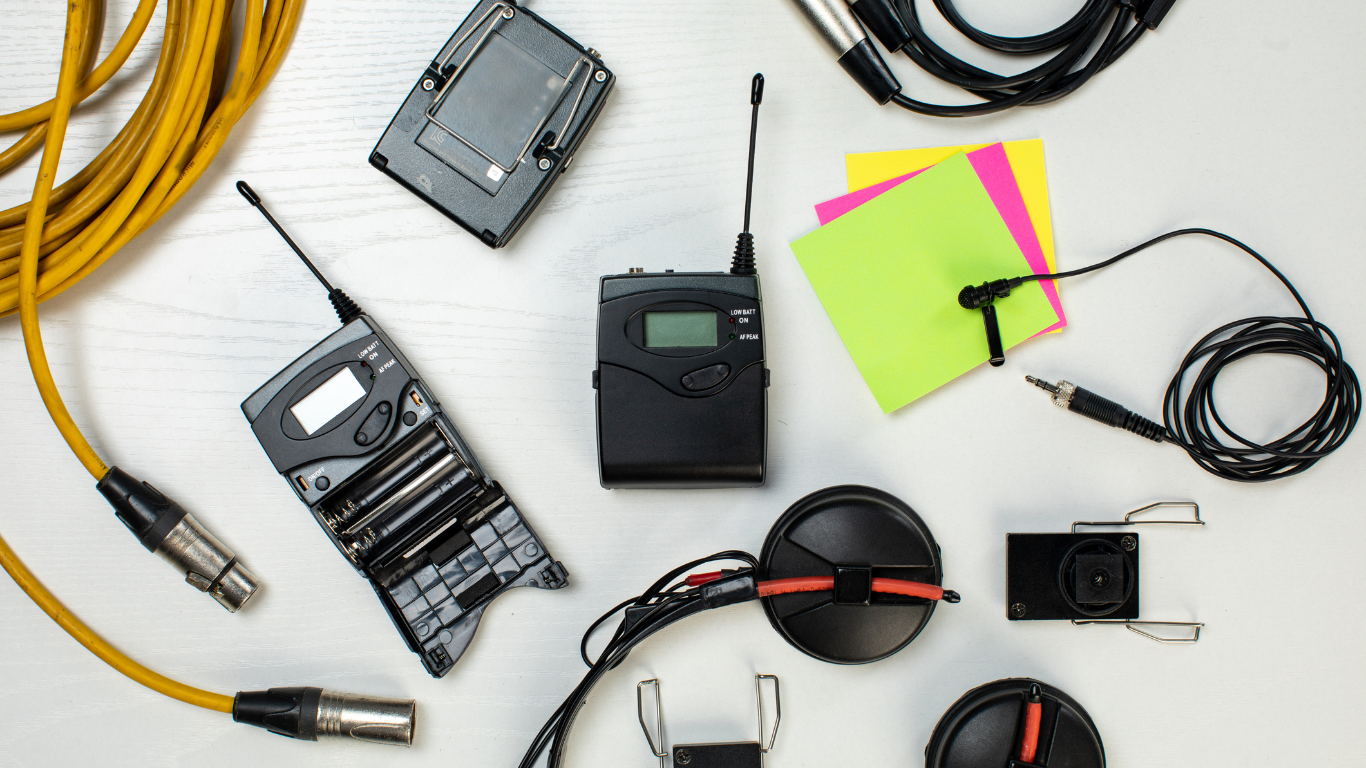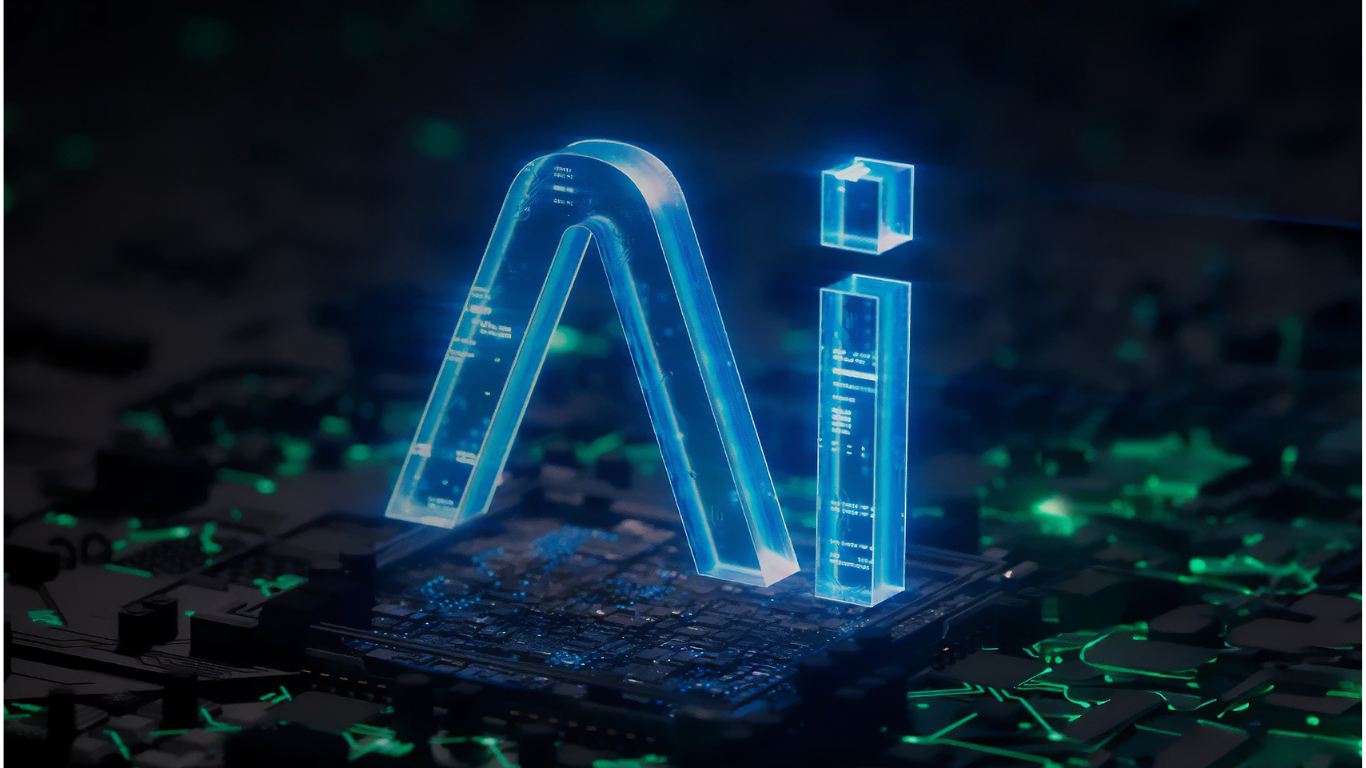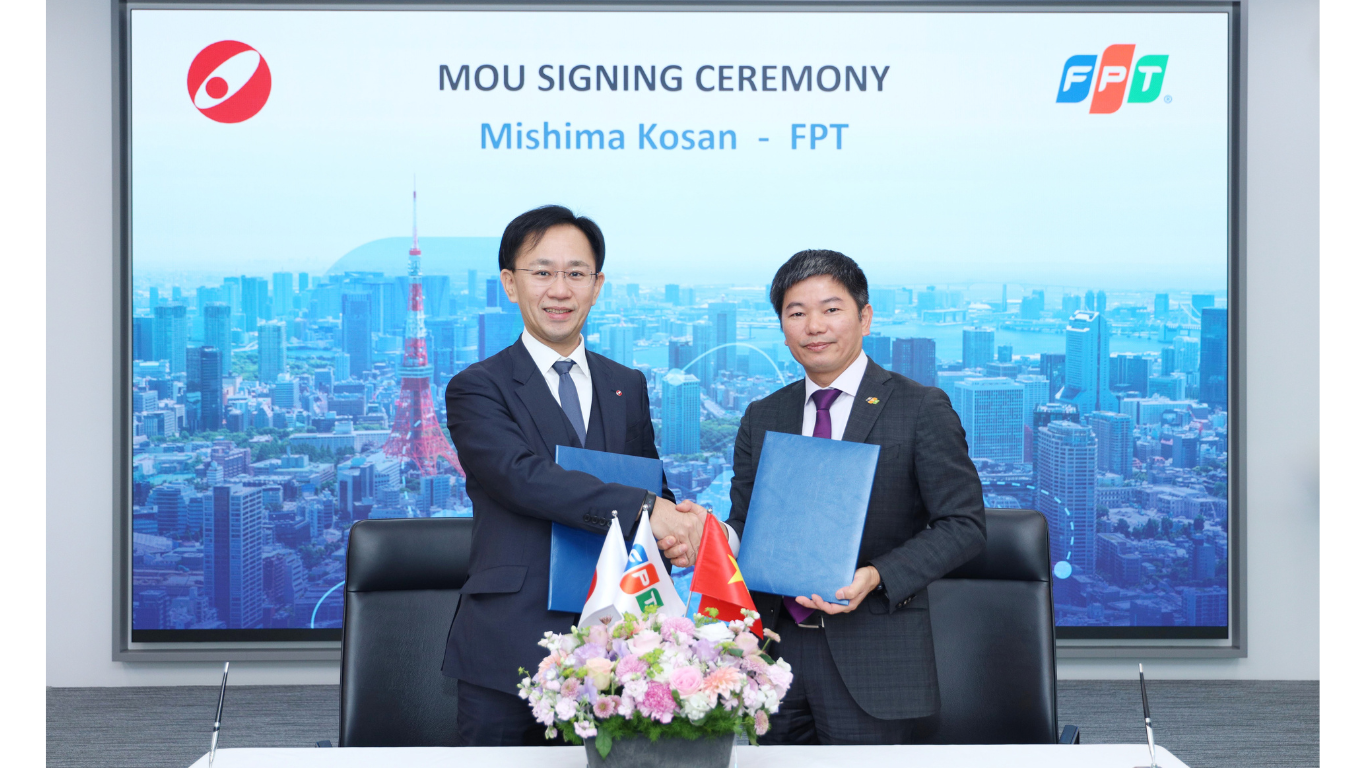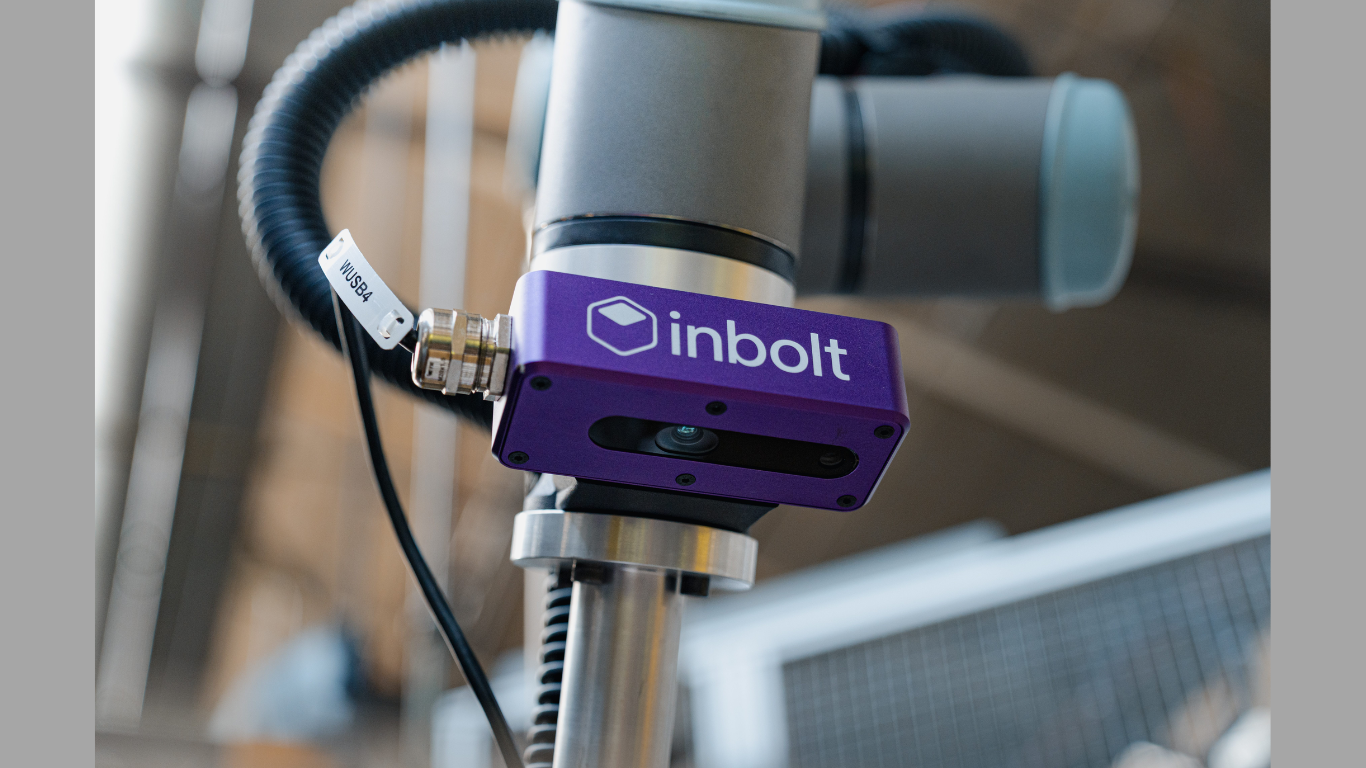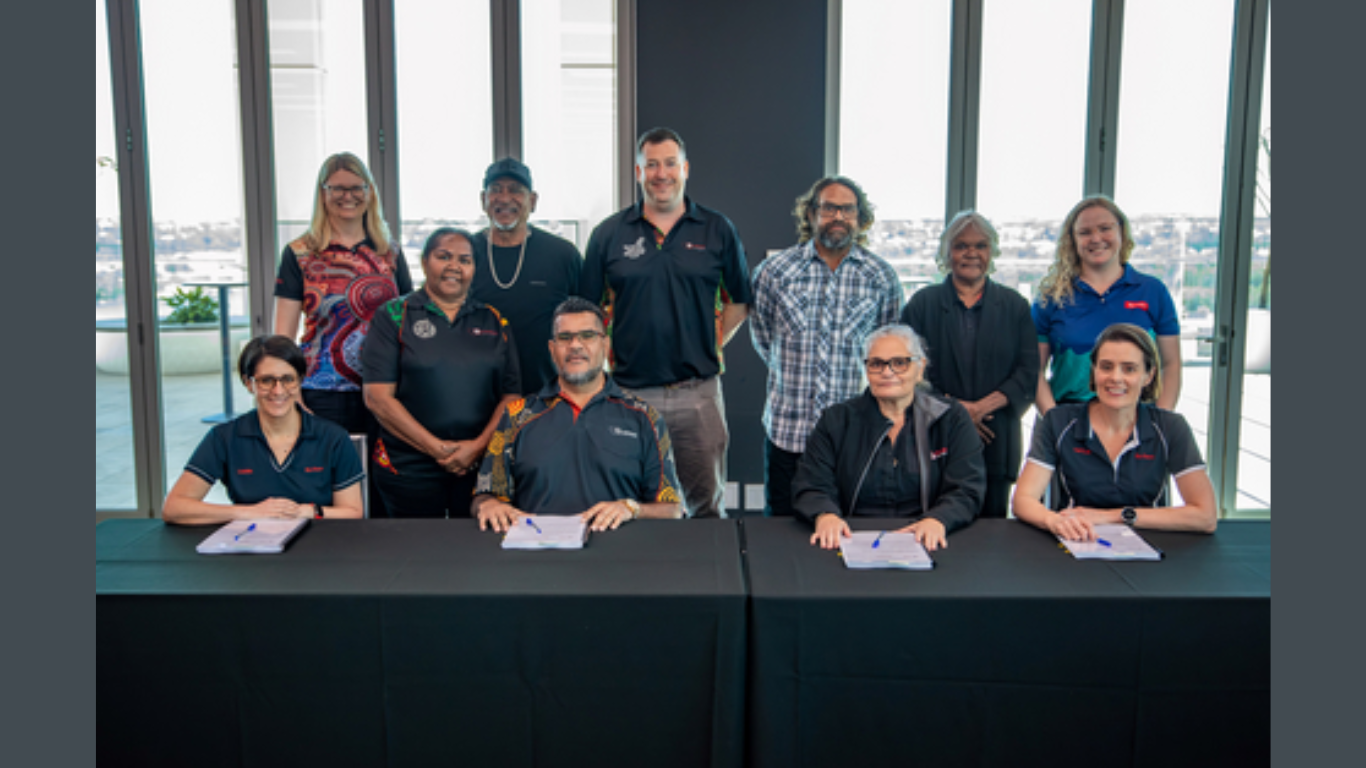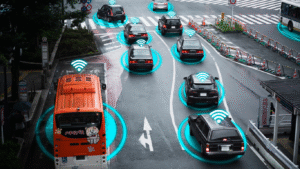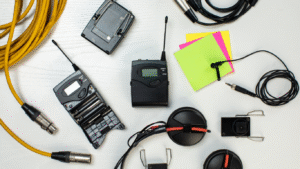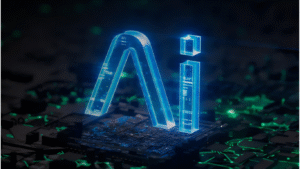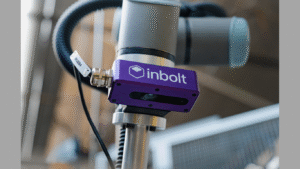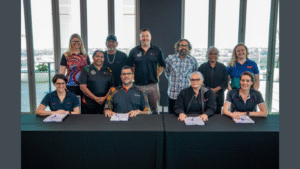The offshore industry continues to evolve with advanced solutions that improve efficiency and reliability beneath the surface. Companies are focusing on specialized tooling systems that make complex underwater tasks safer and more precise. Innovations in subsea technology are not only expanding the capabilities of operators but also shaping future standards in underwater engineering.
Enhanced Remote Operated Vehicle (ROV) Integration
Modern subsea projects rely heavily on ROVs to carry out complex inspections, installations, and maintenance. Tooling systems are now designed to integrate seamlessly with a wide range of ROV platforms. This compatibility allows operators to quickly adapt tools for different missions without extensive modifications. The result is reduced downtime and improved versatility during subsea operations. Advanced tooling also emphasizes modular designs that streamline maintenance and upgrades. A key focus has been on standardization, ensuring tools can be used interchangeably across multiple ROVs. This approach reduces operational costs while improving consistency in subsea tasks.
Advancements in Inspection Solutions
Inspection is one of the most critical elements of subsea operations. Recent subsea tooling developments are tailored to deliver more accurate inspection results with less human intervention. Specialized sensors and camera systems can now be deployed with ROVs to assess structural integrity and detect early signs of wear. The placement of inspection tools on modular frames makes it easier to switch between visual, ultrasonic, and mechanical inspection tasks. This flexibility gives project teams greater control over the accuracy of data collection while reducing time spent repositioning tools. Improved inspection methods also extend the life of critical assets by identifying potential issues before they escalate into costly failures.
Cutting and Gripping Tools for Complex Tasks
Subsea environments often require cutting, gripping, and handling of materials in confined or high-pressure conditions. Recent innovations in hydraulic shears and precision cutters have allowed teams to operate with improved control and reduced tool weight. This is critical in environments where every kilogram of equipment affects maneuverability. Gripping systems now use advanced jaw mechanisms that provide secure holds while minimizing surface damage. These improvements are particularly valuable during salvage operations or when handling sensitive infrastructure components. By combining lightweight construction with durability, these tools make challenging underwater operations more efficient.
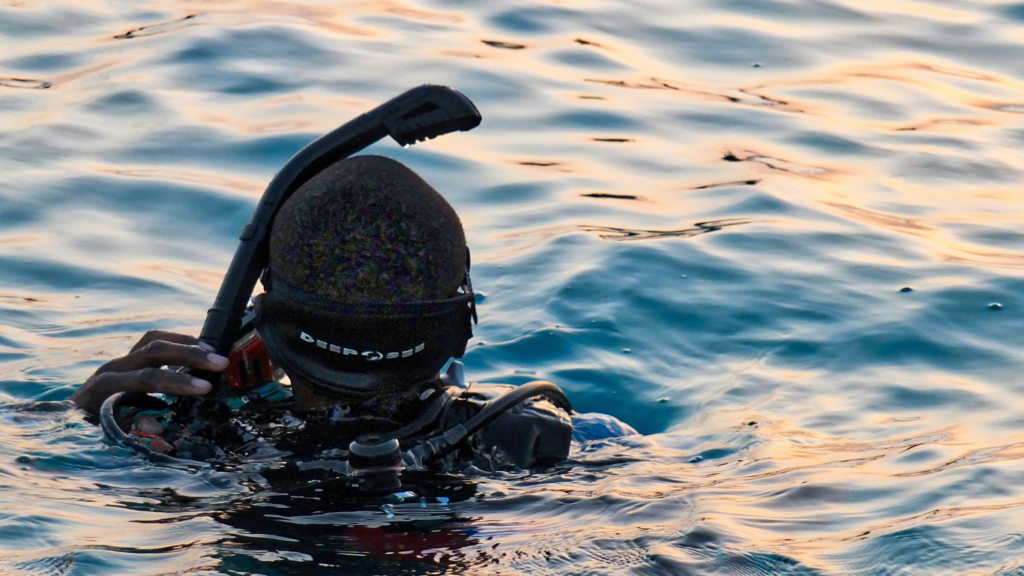
Automated Torque and Fastening Systems
Bolting and fastening tasks remain essential across subsea construction and maintenance activities. Automated torque systems are designed to deliver precise pressure levels that reduce the likelihood of loose connections or damaged joints. These systems are often pre-programmed with adjustable torque settings to meet the requirements of different projects. Remote monitoring functions allow engineers to track torque applications in real time, ensuring accuracy without direct physical involvement. Another innovation has been the integration of fail-safe mechanisms that prevent over-tightening. These features enhance reliability, particularly in environments where repairs are time-sensitive and costly.
Future Trends in Subsea Tooling
As offshore industries look ahead, subsea tooling will continue to evolve to meet growing energy demands and environmental standards. Future designs are expected to focus on enhanced automation, allowing fewer personnel to manage larger and more complex systems. Advances in artificial intelligence will likely improve decision-making by analyzing inspection data and suggesting corrective actions. Lightweight materials will play an important role in reducing deployment challenges and improving efficiency. The next generation of tooling will also prioritize environmental responsibility, with designs that minimize ecological impact during subsea operations.
The latest innovations in subsea tooling highlight the importance of adaptability, precision, and safety in underwater operations. By continuing to refine inspection, cutting, fastening, and maintenance systems, the industry strengthens its ability to handle complex challenges beneath the surface. These improvements not only support current offshore projects but also set the stage for future advancements in subsea engineering.
Article received via email


